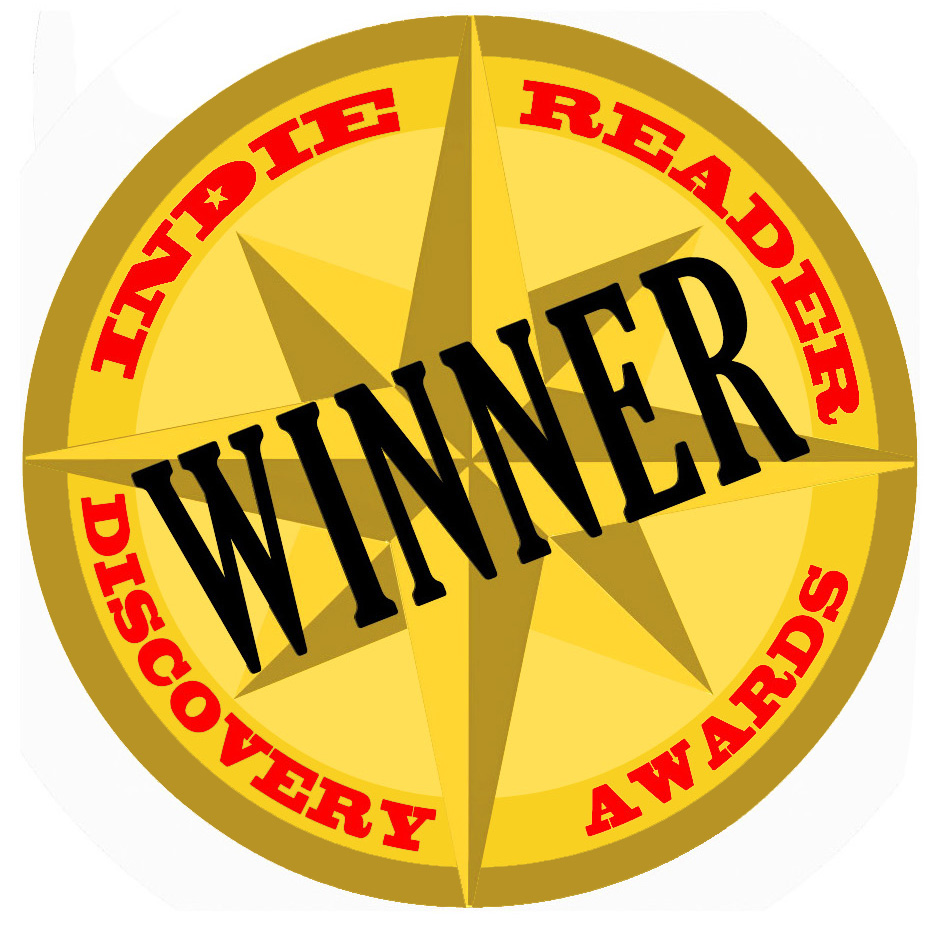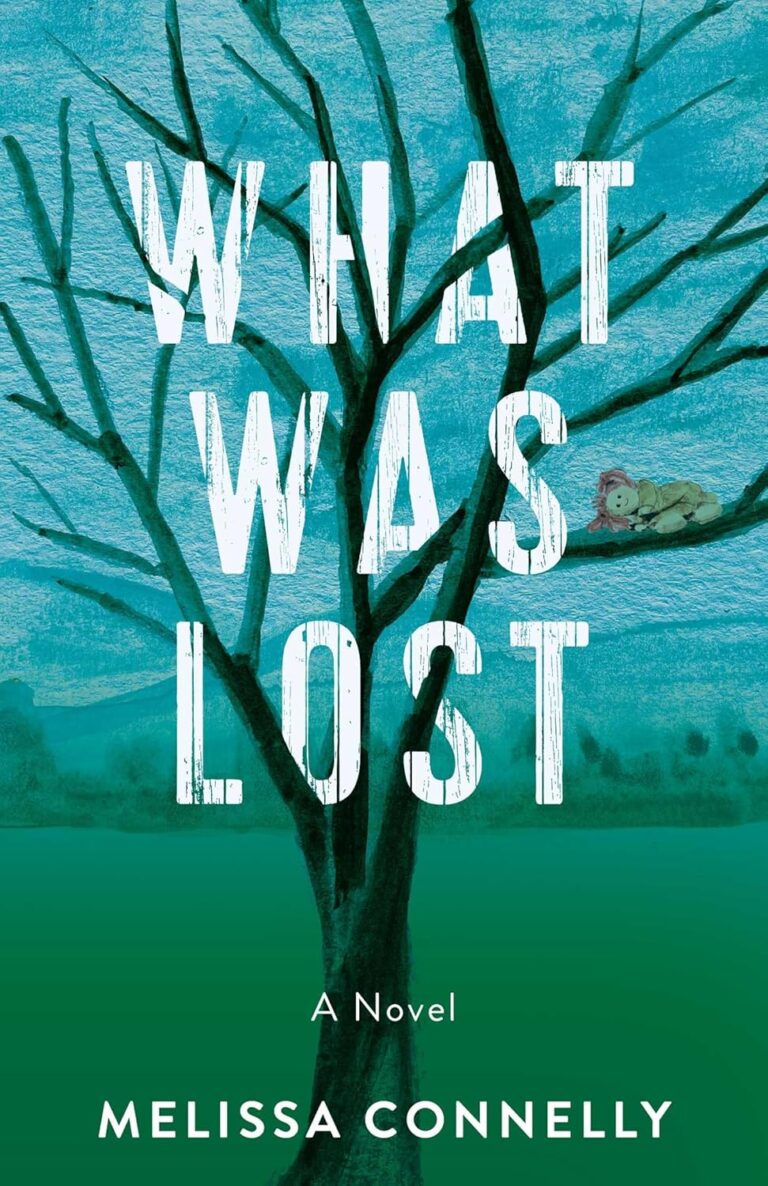
What Was Lost was the winner for the BEST COVER DESIGN/Fiction in the 2025 IndieReader Discovery Awards, where undiscovered talent meets people with the power to make a difference.
Following find an interview with author Melissa Connelly.
“Thank you so much for this award; I accept it for the designers of my book cover, Thea McRae and Rebecca Lown of She Writes Press who evoked the tone and theme of What Was Lost brilliantly in their design. I’m appreciative Indie Reader for supporting independent authors. Too many writers devote themselves to fine work year after year without recognition because they have no “in” to the big five publishers. Indie Reader helps us move to a more equitable and inclusive community where artists can be read for the quality of their work.”
What is the name of the book and when was it published?
What Was Lost, October 8, 2024
What’s the book’s first line?
Ever since Jan mentioned hearing Mrs. Colgan still lived in her house in Chatham, Marti became a scurrying rat searching for a way out of a maze.
What’s the book about? Give us your “pitch”.
What if Lolita told her story? What Was Lost spans the years of social upheaval from 1970 to 2000. Marti comes of age in a seemingly idyllic small town while hiding the sexual relationship she’s having with an older man. She returns as an adult to face the demons of her past. It’s a raw, powerful tale of rage and remembrance.
What inspired you to write the book? A particular person? An event?
Sexual abuse is familiar for too many young people and having known several with these experiences––including children I treated as a therapist, I found myself wondering how it impacts their lives moving into adulthood and wanted to tell that story.
What’s the most distinctive thing about the main character? Who-real or fictional-would you say the character reminds you of?
She’s scarred on both the outside and inside and yet finds the strength to confront her ghosts and move forward with a new honesty and clarity in her life. She’s a little bit of all of us.
What’s the main reason someone should really read this book?
Read this if you want to read a carefully wrought, realistic tale of change and catharsis.
Did you design the cover yourself? If not, who did and how did you find them (they did another cover you admired, they were recommended, etc)?
I didn’t design it but had input into its concept. She Writes Press designed it, offering me several choices and allowing me to tweak the one I choose. The illustration was by Thea McRae and the overall cover design by Rebecca Lown. I think they did a fantastic job; I couldn’t be happier. What I love most about the cover is how the title itself gets lost in the tree branches, emphasizing the feeling of losing something of value.
What, if any, elements of the book did you want to convey in the cover design?
I wanted a natural setting, either woods, a lake, or snow as those are landscapes where the novel is set, and I wanted an image of a doll or child left behind.
If they made your book into a movie, who would you like to see play the main character(s)?
Carey Mulligan. That way she can act in a different version of An Education. Or Laura Dern if she were a bit younger. Her performance in Smooth Talk is spot on for the young Marti.
When did you first decide to become an author?
I was a child who loved reading and when I realized I could create my own stories around age eight, I discovered my passion.
Is this the first book that you’ve written?
Yes. I’ve always written short stories, but this is my first novel. I took a long time with it, rewriting, editing—over a hundred times––wanting every word to work and matter.
What do you do for work when you’re not writing?
I’ve had a long career working with children in a variety of roles: pediatric nurse, child psychiatric nurse, psychiatric child therapist and teacher.
How much time do you generally spend on your writing?
I wish I could say I’m consistent, but discipline is not my forte. It’s been a life of fits and starts.
What’s the best and the hardest part of being an indie?
The best is the control you have; in the end it’s my book, no one made me change a word I didn’t want to change. The only downside is the lack of respect indie authors receive although that’s changing. Organizations like yours move the needle forward.
Would you go traditional if a publisher came calling? If so, why?
Perhaps. But only if it means I’d reach a wider audience and still maintain control.
Is there something in particular that motivates you (fame? fortune?)
The motivator is the monkey on my back; this constant, pressing need I have to write for my own feeling of self-worth.
Which writer, living or dead, do you most admire?
Elena Ferrante.
Which book do you wish you could have written?
Small Things Like These by Claire Keegan. At 128 pages it’s a complete world illuminating everything that makes us human.
